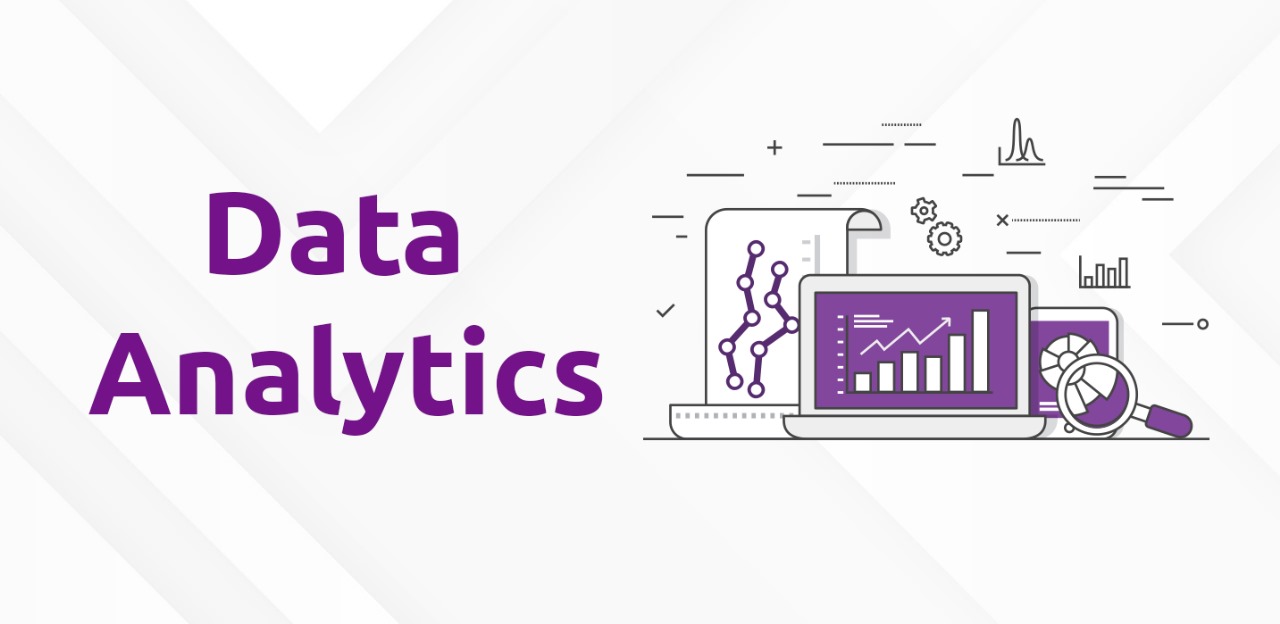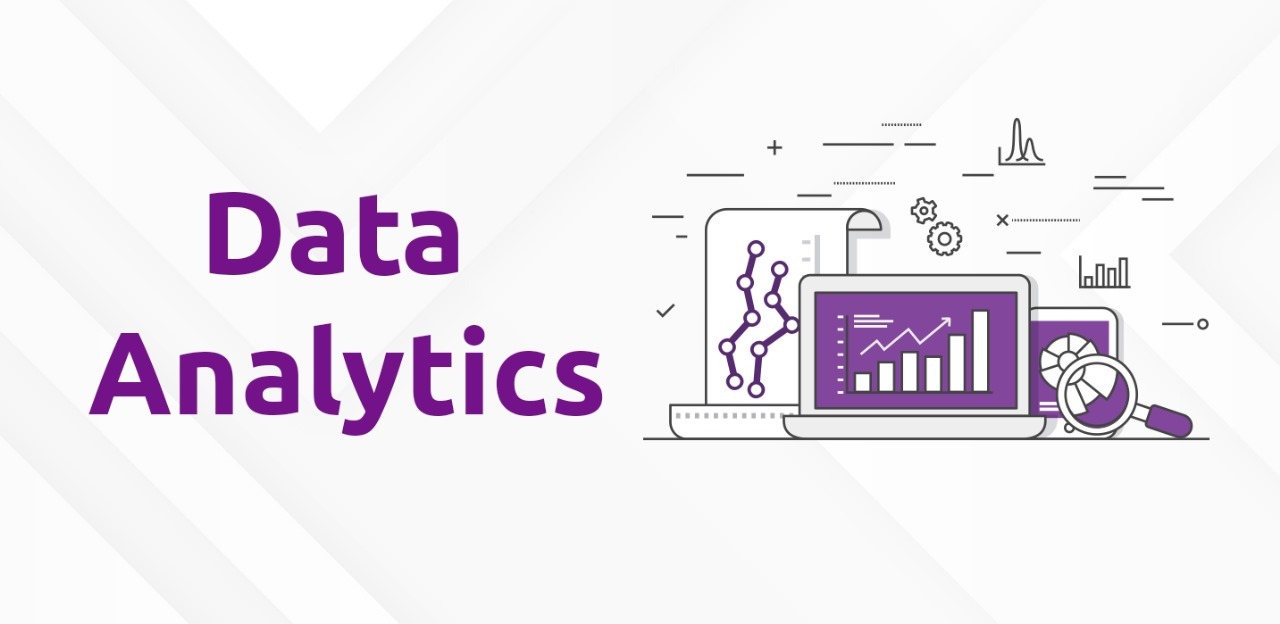Big Data and Machine Learning: Transforming the Data Analytics Landscape
In recent years, Big Data and Machine Learning (ML) have emerged as central forces in the world of data analytics. As companies generate massive amounts of data, they seek more efficient ways to process, analyze, and use this information. Big Data and Machine Learning play a key role in meeting these needs. Here’s a closer look at how these two technologies are reshaping industries and opening up new opportunities for those interested in a career in data analytics.
What is Big Data?
Big Data refers to extremely large data sets that are too complex for traditional data-processing software. These data sets come from various sources like social media, e-commerce, sensors, and more. Big Data is defined by the "three Vs":
- Volume: The massive size of the data generated.
- Velocity: The speed at which data is created and needs to be processed.
- Variety: The diversity of data types, from structured data (like spreadsheets) to unstructured data (like videos and social media posts).
Big Data is valuable because it helps organizations discover trends, patterns, and insights that would be difficult to see with smaller data sets. By using Big Data analytics, companies can improve customer experience, make better business decisions, and gain a competitive advantage.
To learn more about the industry applications, explore the latest Data Analytics Industry Trends.
What is Machine Learning?
Machine Learning (ML) is a type of artificial intelligence that allows systems to learn from data without explicit programming. In simple terms, ML algorithms use data to make predictions or decisions, continuously improving as they process more information. ML models can recognize patterns, classify data, and even predict future events.
For example:
- Recommendation systems on streaming platforms suggest shows or movies based on your past viewing habits.
- Spam filters in email applications detect unwanted messages based on previous patterns.
- Image recognition software can identify objects, people, or animals in photos.
By combining ML with Big Data, companies can develop smarter and more efficient systems that automatically adjust and improve based on new data.
How Big Data and Machine Learning Work Together
Big Data and ML complement each other perfectly. Big Data provides vast amounts of information, and ML algorithms use this data to learn and make predictions. The more data a machine learning model has, the more accurate and effective it can become. Here’s how they work together:
- Data Collection: Big Data collects and stores massive data sets.
- Data Processing: Machine Learning models analyze this data to recognize patterns.
- Decision Making: Based on insights from the data, ML models make predictions or decisions.
- Continuous Improvement: As more data becomes available, the ML model can be refined to improve accuracy.
This combination enables businesses to tackle complex tasks that were once impossible, making their operations faster and more efficient.
Key Applications of Big Data and Machine Learning
The combination of Big Data and Machine Learning has numerous applications across industries, including:
- Healthcare: ML models analyze medical records and patient data to predict health trends, detect diseases early, and personalize treatment plans.
- Finance: Banks and financial institutions use ML algorithms to detect fraudulent activities, assess credit risks, and manage investments.
- Retail: E-commerce sites recommend products to users based on their browsing and purchasing history.
- Transportation: Rideshare apps like Uber use ML to estimate wait times and suggest efficient routes based on traffic data.
- Manufacturing: Companies use predictive maintenance to identify potential equipment failures before they happen, reducing downtime and maintenance costs.
If you’re interested in how these technologies intersect with AI, check out this guide on AI in Data Analytics.
Benefits of Big Data and Machine Learning
Here are some of the key benefits of combining Big Data and Machine Learning in data analytics:
- Improved Decision-Making: ML algorithms provide insights that help companies make data-driven decisions.
- Personalization: Businesses can personalize services based on customer preferences, leading to higher satisfaction.
- Increased Efficiency: ML automates repetitive tasks, reducing the time and resources needed for data analysis.
- Scalability: Big Data and ML models can grow with a business, handling larger data volumes as needed.
- Predictive Capabilities: ML models predict future trends, helping companies prepare for market changes.
Challenges in Big Data and Machine Learning
While Big Data and ML offer many benefits, they also come with challenges:
- Data Privacy: As companies collect more data, privacy concerns are increasing. Organizations need to handle data responsibly to protect user information.
- Data Quality: ML models rely on high-quality data. If the data is incomplete or inaccurate, the model’s predictions may be flawed.
- Cost: Managing and processing Big Data can be expensive, requiring significant investment in storage and computational power.
- Skill Gap: There’s a shortage of professionals with the skills needed to work with Big Data and ML, making it essential to upskill in this area.
For more information on how companies handle data responsibly, read about Data Privacy and Ethics.
Getting Started with Big Data and Machine Learning
For those looking to build a career in this field, there are many resources available to help you get started. Learning about data analytics, data science, and machine learning fundamentals is a great first step. Many universities and online platforms offer data analytics courses that cover these topics in-depth.
To learn from experienced professionals, consider joining a data analytics course in Bangalore, where you can gain hands-on experience with real-world data and machine learning applications.
Final Thoughts
Big Data and Machine Learning are revolutionizing the data analytics industry. As businesses continue to harness the power of these technologies, we can expect even more innovative applications and insights. Whether you’re a beginner or a seasoned professional, understanding the basics of Big Data and Machine Learning can open up exciting opportunities in a rapidly growing field.





